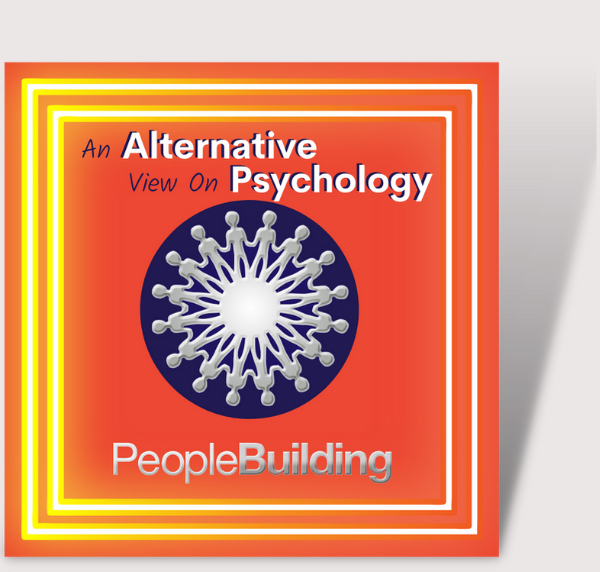We’re very fortunate to be NLPers because there’s a code for conduct when it comes to delivering feedback. It’s called a feedback sandwich and is as follows:
What was good
What could be even better
Overall what was great.
The initial ‘what was good’ serves to have the recipient of the feedback relax and open their ears and mind to receive the praise. It re-enforces the behaviour that we want them to demonstrate more of in the future.
When we consider what could be even better for next time, we always phrase it to the recipient in that way. This has them make pictures in their mind of them doing the desired behaviour and creates a visual rehearsal so that they are prepared to do it in that way next time. If we were to tell them what they did wrong, this would have them make pictures of the behaviour we want them to avoid and would be an unhelpful form of visual rehearsal.
The final overall what was great leaves the recipient of the feedback on a positive.
The challenge is when you have completed your NLP Practitioner training and enter back into the real world where the structure of everyone else’s feedback may not be quite as considerate.
When you receive feedback, sometimes the stinging way in which it is delivered can override the actual message that was being given. It could have been very helpful good quality feedback but just happened to have been given in an unpleasant way. How do you manage the sting of negative feedback should you receive it?
1) See yourself as a product
Imagine stepping outside of your body then look back at yourself. See you as a separate entity. This is called disassociating. It prevents you from having to absorb the negative feedback on a personal level, and instead you can look at yourself as a product. As a product, you can examine the feedback and examine yourself to see if the feedback is justified. You can pick and chose which bits of the feedback to utilise before stepping back into your body.
2) Take the positive and reverse the negative
Because we know that the rest of the world might not be so kind as to structure their feedback in a feedback sandwich, the chances are there will come a time when someone gives you ‘negative feedback’. For example, I’m currently watching The X Factor (I don’t need feedback on that decision by the way!) and last night I heard Simon Cowell give a young girl some feedback. What he was saying was on the money, but the way he delivered the message made me grimace. He told her that her style was wrong and that she needed to take off the mask of makeup she was wearing. In a situation like this, a good idea is to reverse the spikier comments that were made or to consider the real meaning behind them. For example, “Your styling is wrong” = “There is a better styling for you, I don’t think you’ve identified it yet but it would work better for you by representing your personality more.” “The mask of make-up” = “I’d really like to see you looking more natural as I think you’ve probably got a great look without make-up too.”
3) Change the context in which the feedback is given
Sometimes the feedback we get might be written. Change the tone of voice when you read it and you will find that your feelings towards the feedback begins to change. Likewise, if you imagine someone reading it to you, or someone else (other than the person who has said it) saying it to you, it could change your feelings towards it. When the feedback is spoken, imagine it written down and see how it changes. Notice how you would you feel differently about this feedback if it was in a child’s handwriting than if it were typed in Time New Roman? Would it still have the same impact if it were said in a cute child’s voice?!
By Gemma Bailey
www.peoplebuilding.co.uk


